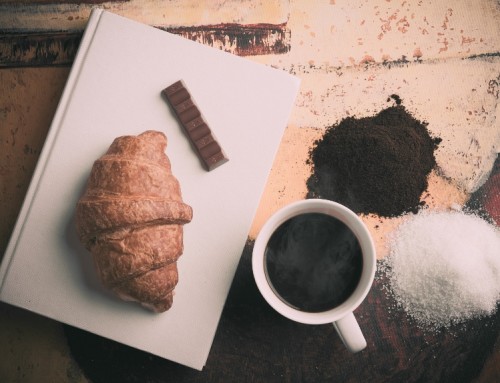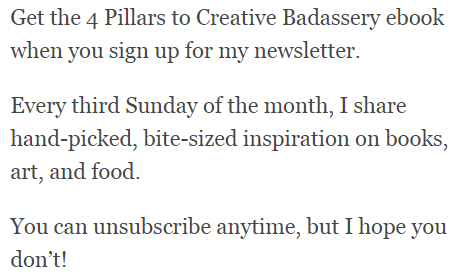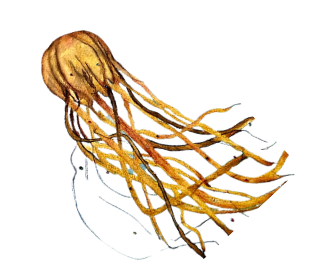 It was early 1991. Two years in at The Wooden Spoon Restaurant. I’d worked to be a faster, better cook. I’d learned to fish. But not necessarily in that order.
It was early 1991. Two years in at The Wooden Spoon Restaurant. I’d worked to be a faster, better cook. I’d learned to fish. But not necessarily in that order.
Of course, the fishing was the easy part.
There was a monster-size learning curve on how to cook eggs on an electric flat-top, greasy griddle. Especially in front of a steady stream of customers whose personalities hailed from an episode of Gilligan’s Island to a CEO of a multinational bank. All demanding their eggs cooked over-medium, three minute poached or scrambled soft. There wasn’t room for a lot of error. And the more yolks I broke, the less money I made.
On average I’d crack thirty dozen eggs a week at The Spoon. This took carpal tunnel to a whole new level.
My income relied on my cooking skills. How many eggs I could cook to order without breaking the yolks, how fast I could get the orders served, and how much of a flirt could I be. The latter was something I mastered eventually, but first I had to learn very quickly how to flip an egg, and I hadn’t mastered it yet.
At the rate I was going, I would be as broke as the yolks on the flat griddle.
I’d try various ways to crack eggs, tentatively tapping it’s smooth, round surface against the hot griddle, against the side of the bowl, or with a fork. I hadn’t mastered the one-hand technique yet.
But there was more going on at The Wooden Spoon than my income or perfectly cooked eggs over medium. After several months flipping fried eggs, blueberry pancakes and burgers, I started to see things other than the flat, charred top of those griddles and the endless stream of tickets on the spindle.
The restaurant had been neglected for years. And even though it was an odd, comfortable fit—me and my run-down, greasy diner—I had to do something about it. Years of cigarette smoke, cheap oil for deep-frying French fries, and vats of bacon and sausage grease permeated every open pore and surface in the restaurant. Including me, my staff and customers. It wouldn’t come clean overnight.
One morning, I swapped places with Lucy, my kitchen cook. On that day, I was attempting to bake fluffy, buttermilk biscuits.
I’d placed the trays of semi-flat baked biscuits on a rack to cool, and then I’d returned to the front of the restaurant. A ray of sunshine pierced the bay windows and I’d considered curtains or shutters of some sort. The white glare slanted across the restaurant. I’d noticed my customers moving their seats to avoid the harsh light where it angled across the restaurant and bounced off the wall near the side door which lead to the outside bathroom. Dust bunnies floated through the sunlight, and that’s when I noticed the color of the walls. I mean really noticed. They were a shade of institutional green dulled by grease and nicotine. I though of the kitchen walls of my youth, minus the grease, before mom let me buy butter-cream yellow paint.
At the close of the business day, I took a warm, soapy cloth to a small space on the wall. After wiping a two by three section clean, I’d revealed a greenish-blue shade that I neither liked nor wanted.
Eager to forget everything about growing up in Pittsburgh, including the walls of that kitchen on Southern Avenue, I decided on a shade of bubble-gum pink. I knew I’d hear groans and moans from my mostly masculine clientele. I relished their opinions. Dared them to have a conversation about my choices. But it wouldn’t be just the testosterone-laden anglers and crabbers that harassed me about my choice of color. All of my customers had something to say.
As I peddled home in the blistering heat that afternoon, I realized it wasn’t the color that was the problem; it was change itself that made everyone uncomfortable. I peddled faster.








